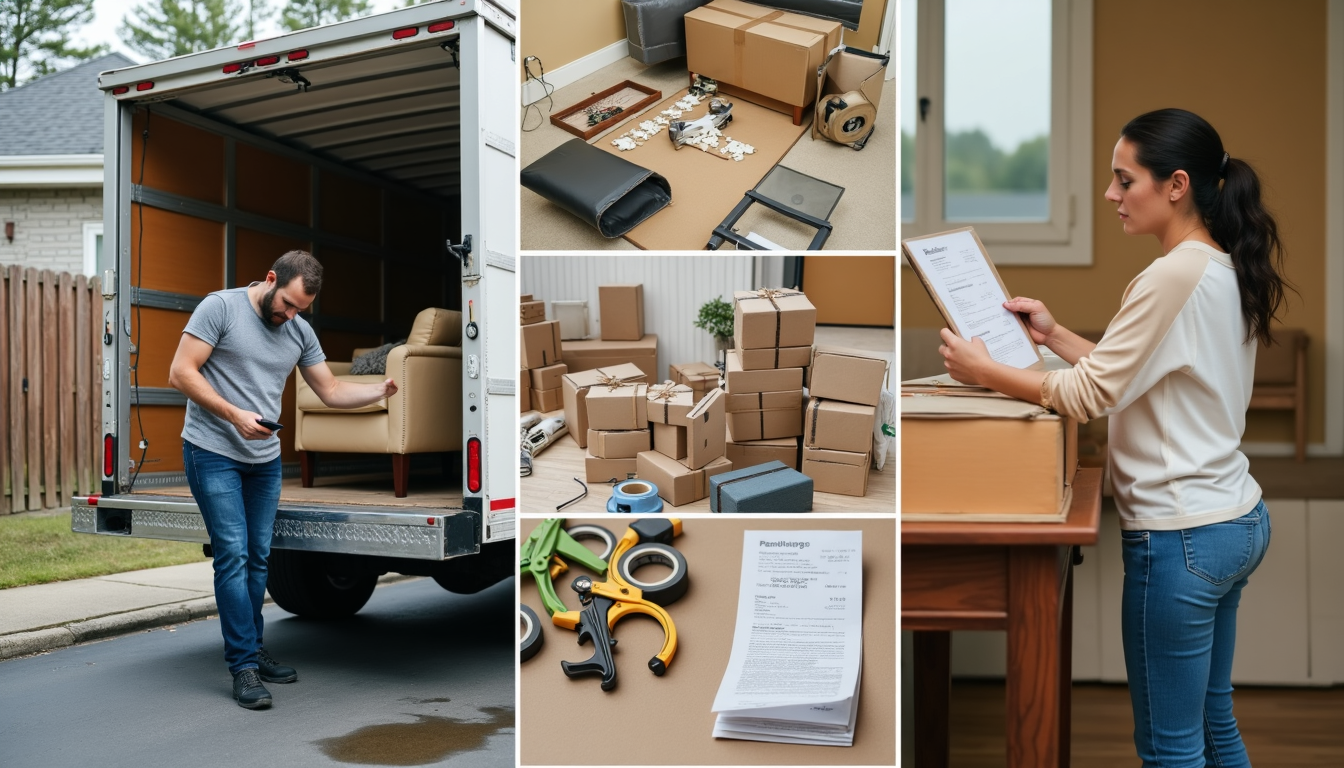Hidden Moving Costs: What Your DIY Move Really Costs in 2025
Moving expenses surprise many people. Local moves cost an average of $1,710, while long-distance relocations can reach $4,823.


Moving expenses surprise many people. Local moves cost an average of $1,710, while long-distance relocations can reach $4,823. These numbers barely hint at the total costs people actually pay.
The simple moving expenses are just the beginning. Many more hidden costs can substantially affect your budget. Apartment moves require building fees between $300 and $500. Long carry fees cost $90 to $120 for every 75 feet. Monthly storage units range from $100 to $300, and professional cleaning services typically cost around $169.
This piece breaks down what DIY moving truly costs. You will learn what to expect and how to prepare for these overlooked expenses in 2025.
The True Vehicle Expenses of DIY Moving
Large rental trucks cost more than just the rental fees. These vehicles guzzle gas and only get 8 to 14 miles per gallon, which takes a big bite out of your fuel budget.
Fuel cost calculations and optimization
The size of your rental truck affects how much fuel it uses. Cargo vans get about 19 miles per gallon, while bigger 26-foot trucks manage just 10 miles per gallon. The fuel tank's size also plays a role in total costs, especially on long trips.
Here are some tested ways to save on fuel:
- Keep speeds under 50 mph to cut down wind resistance
- Turn off the engine instead of letting it idle, especially in cold weather
- Take out extra weight to help with gas mileage
- Use cruise control on highways when you can
Hidden maintenance and wear costs
DIY moves often come with surprise maintenance costs. You might need to deal with worn tires, breakdowns, and repairs. The vehicle's upkeep costs include gas, maintenance, towing, and any extra expenses from mechanical problems.
Insurance and liability considerations
Your regular car insurance usually won't cover rental trucks, which leaves you exposed. Rental companies know this and offer different protection plans:
Full Value Protection gives you the most detailed coverage and protects against loss or damage to everything you're moving. The movers must fix damaged items, replace them with similar ones, or give you cash settlements.
Released Value Protection costs nothing but only covers 60 cents per pound per article. You can also get supplemental liability insurance for protection beyond state minimums, up to $1,000,000.
Cargo protection insurance is vital but has its limits. It won't cover valuable items like jewelry, antiques, or business property. You should check your homeowner's or renter's insurance to make sure you're fully protected during the move.
Equipment and Supply Cost Surprises
Packing supplies and equipment rentals make up much of DIY moving expenses. Most people don't realize these costs add up fast. They focus too much on the truck rental price.
Essential vs. optional moving equipment
Your move's size and complexity determine what equipment you'll need. A simple dolly rental runs $7 to $10 per day instead of buying one. Furniture pads and moving blankets cost $10 to $15 per dozen to rent. Renting makes more sense than buying when you're moving just once, since dollies and hand trucks usually collect dust afterward.
Hidden costs of 'free' moving boxes
Those free moving boxes aren't really free. You'll spend time and gas money driving around to different places. Used boxes might have dirt, spills, or bugs that could ruin your stuff.
A two-bedroom apartment needs about 60-75 moving boxes. New boxes cost $0.87 to $3.75 each. Quality packing materials are worth the investment when you consider how much it costs to replace damaged items from using sketchy free boxes.
Unexpected tool and supply needs
You'll need more than just boxes and tape:
- Packing paper and bubble wrap for fragile items
- Stretch wrap for furniture and drawer protection
- Heavy-duty packing tape and dispensers
- Simple tool kit for furniture disassembly
- Padlocks for securing the moving truck
These supplies can add $150 to $500 to your budget. The final cost depends on how much stuff you're moving and how well you need to protect it. Good packing tape costs more, but cheap tape often fails and doesn't stick well enough.
You might $100 to $300 another $169. Remember to include these costs in your budget from the start.
Time-Related Hidden Expenses
DIY moves cost more than just the moving expenses when you take time off work. You should know these time-related costs to avoid budget surprises.
Lost wages and productivity costs
Time off work to move directly affects your income. Hourly workers can calculate their lost wages by multiplying their rate by missed hours. Salaried employees should divide their annual income by 2,080 (work hours per year) to find their hourly losses. Self-employed people face trickier calculations that include missed business opportunities and client meetings.
The effects go beyond lost wages. Long moving periods can make you less focused and more stressed. This can affect job performance and might limit future income opportunities.
Extended rental period charges
Rental periods often run longer than expected. This happens because of delays or poor timeline estimates. Rates change with seasons, and peak moving months (May to September) cost more.
Each extra day beyond your original rental period costs the daily rental rate. Late truck returns can double your costs. You can get better rates by booking early and choosing off-peak seasons.
Rush fees and last-minute expenses
Quick changes or urgent needs trigger big rush fees. These fees range from 25% to 300% above normal service costs. Weekend moves or short-notice requests within 48 hours cost even more.
Here's how to dodge these extra costs:
- Book services at least two weeks ahead
- Schedule moves during off-peak times
- Plan for unexpected delays
- Pick mid-week moves for better rates
Urgent move services add USD 75.00 or more to basic costs. Some companies charge different rates for Saturday versus Sunday. Prices can climb quickly after booking until moving day, so early planning saves money.
Property and Personal Costs
DIY moves can lead to serious financial problems through property damage and personal injury risks. People without moving experience face higher risks of damaging their belongings and properties.
Damage risks and repair expenses
DIY moves often result in these common property damages:
- Chipped and dented walls
- Damaged hardwood floors and cracked tiles
- Broken banisters and staircase steps
- Broken window glass and door frames
These repairs can cost hundreds or thousands of dollars. Standard homeowners insurance doesn't cover damage from regular moving activities. You should think about getting additional coverage.
Full Value Protection gives you complete coverage and requires movers to repair damaged items, replace them, or provide cash settlements. Released Value Protection costs nothing but covers only 60 cents per pound per article. This makes it a poor choice for valuable items.
Medical and injury-related costs
DIY moves can result in injuries that lead to big medical bills. People with serious moving injuries miss 5-7 work days on average, which means lost wages. Back injuries are particularly concerning and can affect work productivity for years.
Medical experts warn that wrong lifting techniques can cause:
- Pulled muscles
- Back injuries
- Broken bones
Storage and temporary housing fees
Moves often require unexpected storage needs. Storage in transit (SIT) comes with specific rules. Moves between CONUS locations allow storage for 60 days at first, with possible extensions up to 150 days if requested in writing. OCONUS locations get 90 days initially, with extensions possible up to 180 days.
Monthly storage costs run between USD 100.00 to USD 300.00. Most relocations include 30 days of temporary housing for people who transfer. You might need extended storage until your belongings can be delivered, which adds to your moving costs.
Your stored items need proper insurance coverage. Most homeowners' policies protect some possessions in storage units against theft, vandalism, and weather damage. The coverage limits usually protect only 10% of your policy's personal property coverage limit.
Documentation and permit fees
Documentation fees vary widely between states. California currently limits these fees to USD 85.00, while Florida allows charges up to USD 999.00. Texas allows USD 150.00 for simple documentation. The state can increase these fees through written notification.
You need permits to park moving trucks on city streets. The permit application must reach authorities 3-5 business days before the move. Location and duration affect permit costs, which impact the overall moving budget.
What to Consider
DIY moving costs are nowhere near as simple as the rental truck fees we first expect. Hidden expenses pop up everywhere - from fuel costs and insurance gaps to unexpected equipment needs and possible damage to property.
Smart planning and budgeting should happen before any move to avoid financial surprises. Your time costs money too, especially when you have lost wages and longer rental periods that could double your expected expenses. Storage needs and temporary housing might squeeze your budget even more. Technology fees and paperwork costs add another layer to worry about.
Of course, knowing these hidden costs helps you make smarter moving decisions. WeMove.ai keeps it simple - what you see is what you pay, without hidden fees or surprises. We're the first moving quote and booking platform that cuts out the middleman. You get clear, upfront pricing without any pushy sales tactics. Just think of WeMove.ai as the "Kayak" of moving - you can compare prices easily, book confidently, and move without stress.
Your DIY move depended on good preparation and realistic budget expectations. Knowing about these hidden costs can help you protect yourself from surprise expenses and have a smoother move.
FAQs
Q1. What are the average costs of a DIY move in 2025? DIY moves typically cost between $1,000 and $4,000, depending on factors like distance, size of the move, and time of year. However, accounting for hidden expenses such as fuel, equipment rentals, and potential property damage is crucial.
Q2. What are some unexpected expenses in a DIY move? Unexpected expenses can include extended truck rental periods, rush fees for last-minute services, storage costs, and potential medical expenses from injuries. Additionally, lost wages from taking time off work and unforeseen repair costs for damaged items or property can significantly impact your budget.
Q3. How can I minimize fuel costs when using a rental truck? To minimize fuel costs, drive at steady speeds below 50 mph to reduce wind resistance, avoid excessive idling, remove unnecessary weight from the truck, and use cruise control on highways when possible. Also, consider the fuel efficiency of different truck sizes when choosing your rental.
Q4. What kind of insurance should I consider for a DIY move? Consider Full Value Protection for comprehensive coverage of your belongings. Additionally, look into supplemental liability and cargo protection insurance for the rental truck. It's also wise to check if your homeowner's or renter's insurance provides any coverage during the move.

